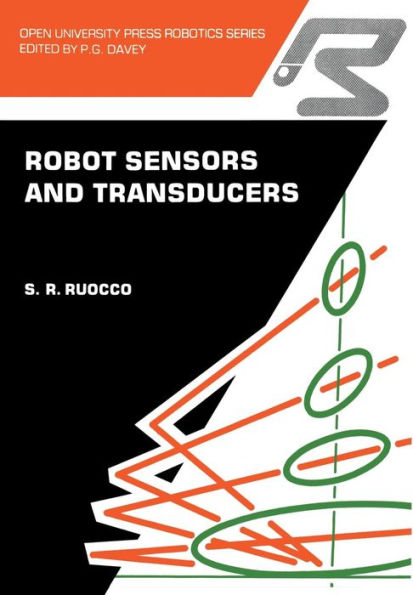Robot sensors and transducers
The use of sensor's with machines, whether to control them continuously or to inspect and verify their operation, can be highly cost-effective in particular areas of industrial automation. Examples of such areas include sensing systems to monitor tool condition, force and torque sensing for robot assembly systems, vision-based automatic inspection, and tracking sensor's for robot arc welding and seam sealing. Many think these will be the basis of an important future industry. So far, design of sensor systems to meet these needs has been (in the interest of cheapness) rather ad hoc and carefully tailored to the application both as to the transducer hardware and the associated processing software. There are now, however, encouraging signs of commonality emerging between different sensor application areas. For instance, many commercial vision systems and some tactile systems just emerging from research are able to use more or less standardized techniques for two-dimensional image processing and shape representation. Structured-light triangulation systems can be applied with relatively minor hardware and software variations to measure three-dimensional profiles of objects as diverse as individual soldered joints, body pressings, and weldments. Sensors make it possible for machines to recover 'sensibly' from errors, and standard software procedures such as expert systems can now be applied to facilitate this.
"1000500147"
Robot sensors and transducers
The use of sensor's with machines, whether to control them continuously or to inspect and verify their operation, can be highly cost-effective in particular areas of industrial automation. Examples of such areas include sensing systems to monitor tool condition, force and torque sensing for robot assembly systems, vision-based automatic inspection, and tracking sensor's for robot arc welding and seam sealing. Many think these will be the basis of an important future industry. So far, design of sensor systems to meet these needs has been (in the interest of cheapness) rather ad hoc and carefully tailored to the application both as to the transducer hardware and the associated processing software. There are now, however, encouraging signs of commonality emerging between different sensor application areas. For instance, many commercial vision systems and some tactile systems just emerging from research are able to use more or less standardized techniques for two-dimensional image processing and shape representation. Structured-light triangulation systems can be applied with relatively minor hardware and software variations to measure three-dimensional profiles of objects as diverse as individual soldered joints, body pressings, and weldments. Sensors make it possible for machines to recover 'sensibly' from errors, and standard software procedures such as expert systems can now be applied to facilitate this.
119.99
In Stock
5
1

Robot sensors and transducers
184
Robot sensors and transducers
184
119.99
In Stock

Product Details
| ISBN-13: | 9780335154081 |
|---|---|
| Publisher: | Springer Netherlands |
| Publication date: | 06/30/1987 |
| Series: | Open University Press Robotics Series |
| Edition description: | 1987 |
| Pages: | 184 |
| Product dimensions: | 6.69(w) x 9.61(h) x 0.02(d) |
From the B&N Reads Blog
